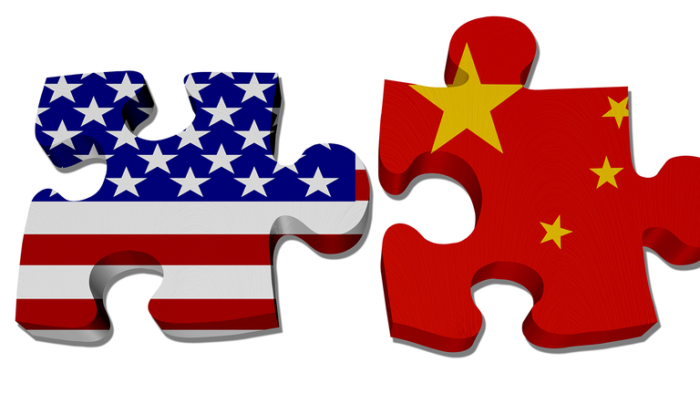In a COVID-19 world, minimizing cost is no longer the top supply chain criterion, and companies are re-optimizing accordingly.
Now supply chains are adjusting to minimize potential risks from events that impact entire countries and regions.
By Shawn DuBravac for Industry Week
Illustration: Karenr | Dreamstime
The future direction of globally distributed supply chains has been a topic du jour for the better part of two years now, but COVID-19 has pushed the conversation in a different direction that could redefine the issue for the next 50 years.
The last 20 years have seen supply chains grow longer and thinner as they’ve spread around the planet and across country borders. Minimizing cost was a primary motivation for changes in recent decades. But it wasn’t only the cost of labor. Companies have long looked at the total cost of a good in its end-market, and as a result, companies have spread their supply chains across multiple countries for multiple reasons.
In each country, they’ve sought to perform the needed transformations to achieve country-of-origin designations that enable products to be eligible for preferential tariff rates, and ideally free trade agreement rates. While moving a product’s production across borders helps avoid the added cost of potential tariffs inflicted on consumers, it also makes supply chains longer and more susceptible to shocks, both within these countries and beyond.
Supply chains have also grown thin because of the way our financial markets value companies. The financial metrics used to judge the best companies are driven by lean inventories and productive use of capital. These financial metrics reward companies that outsource capital-intensive activities or keep inventories off their books as long as possible to keep inventory turns high.
Basic economics teaches us that there is value in national specialization, combined with international trade, especially if that trade is free of additional costs like tariffs. As a result, specialization has moved all kinds of production to manufacturing hubs around the world, while financial metrics have pushed companies to stretch supply chains beyond what they otherwise might be.
In all these ways, supply chains have been optimized to produce the best results given market demands and the financial, regulatory and trade frameworks that have existed for years.



